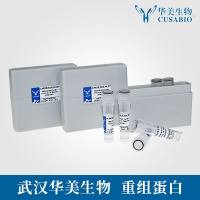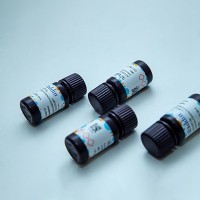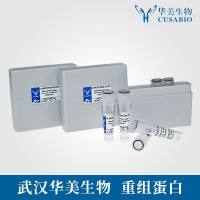RNA Fractionation by Density Gradient Centrifugation
As shown in previous chapters, many RNA plant viruses have multipartite genomes, which are divided between two or more viral nucleoprotein components. Each nucleoprotein component will display different sedimentation properties, according to the size of RNA. Thus, it is possible to fractionate RNA by density gradient centrifugation. This method is particularly useful, since not only are other possible contaminants removed from the virus preparation, but also the RNA is packaged as a nucleoprotein complex and has less chance of being attacked by degradative enzymes. Two approaches are generally recognized. The first, and the one most commonly applied to spherical viruses, is used where the different components have different protein:RNA ratios. Isopycnic ultracentrifugation of virus preparations in caesium chloride (or similar density medium) gradients separates the viral components according to their buoyant density. A sample of the virus is carefully layered on to the top of the gradient and is centrifuged at very high speed. During centrifugation, the virus will move down the gradient until it reaches a level where density of the medium equals the density of the virus. When the run is complete, the separated components can be visualized by shining a beam of light directly through the length of the tube; components can then be removed individually by puncturing the side of the tube with a syringe fitted with a wide bore needle. Once the density gradient medium is removed, the RNA is extracted by protocols applicable to each particular virus.
![]()






